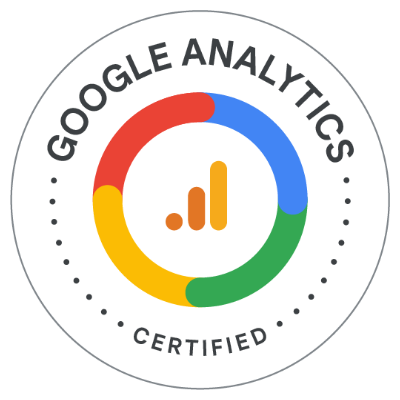In today’s crowded digital landscape—with over 1 billion web pages online—it’s vital for businesses to make their content stand out. On-site SEO, also known as on-page SEO, provides the tools to improve your website’s search engine ranking, making it easier for potential customers to discover your products or services. If you’re a beginner, understanding on-site SEO is a crucial step toward building an online presence and driving traffic to your website.
What Is On-Site SEO?
On-site SEO refers to the optimization efforts you make directly on your website to improve its visibility on search engines like Google. These efforts involve refining your website’s structure, content, and coding to align with the search terms your audience is using. When done correctly, search engines rank your pages higher, helping potential customers find your business more easily.
According to SEMrush, on-site SEO practices are essential for ensuring your website is seen and engaged with by the right audience. For beginners, focusing on these foundational elements can significantly impact your site’s performance.
Key Components of On-Site SEO
Search engines like Google, which holds almost 90% of the U.S. market share, use complex algorithms to evaluate your site’s content and relevance.
Here are some beginner-friendly elements of on-site SEO to focus on:
1. URL Optimization
Your website’s URL is a prime place to incorporate keywords, signaling to search engines what the page is about. For example:
If your website sells handmade soap and you want to optimize for “Goat Milk Soap,” your URL should look like this: www.handmadesoap.com/goat-milk-soap/
This clear and keyword-rich URL helps both users and search engines understand your page’s focus.
2. Title Tags and Meta Descriptions
Title tags and meta descriptions are critical for on-site SEO because they provide context to search engines and users.
Title Tags
-
Include your primary keyword (ideally at the beginning).
-
Keep it concise (50-60 characters).
-
Communicate a clear value proposition.
Example: “Natural Goat Milk Soap | Handmade Skincare Solutions”
Meta Descriptions
-
Aim for 150-160 characters.
-
Include the target keyword.
-
Add a compelling call-to-action.
Example: “Discover the nourishing benefits of handmade goat milk soap for sensitive skin. Shop now for natural skincare solutions!”
Optimized titles and descriptions not only improve your rankings but also increase click-through rates (CTR).
3. Header Tags
Proper use of header tags (, , etc.) organizes your content for both users and search engines.
-
Use the H1 tag for the page’s primary topic and keyword.
-
Subheadings (H2, H3) improve readability and allow for secondary keyword placement.
Optimizing headers enhances the user experience and helps search engines understand your content’s structure.
4. Main Content Optimization
Your main content is the heart of on-site SEO. Here’s how to optimize it:
-
Incorporate target keywords naturally (avoid keyword stuffing).
-
Focus on providing valuable, engaging content.
-
Address your audience’s needs and questions.
When your content resonates with readers, search engines take notice.
5. Image Alt Text and File Names
Search engines can’t “see” images, so they rely on alt text and file names for context.
-
Use descriptive file names (e.g., goat-milk-soap.jpg).
-
Add alt text that includes target keywords.
Example: “Goat milk soap bar with honey”
This practice improves both SEO and accessibility.
6. Internal Linking and Anchor Text
Internal links guide users through your website and signal search engines about related content.
-
Use descriptive anchor text (e.g., “goat milk soap bars”).
-
Link to relevant pages to pass authority and improve navigation.
Internal linking helps users discover more of your content while boosting SEO.
Why On-Site SEO Matters
When search engines crawl your site, they evaluate these key components to determine relevance and value. A well-optimized page can lead to:
-
Increased organic traffic.
-
Higher conversion rates.
-
Enhanced user experience.
While off-site SEO (like backlinks) is essential, on-site SEO lays the foundation for your website’s success. By prioritizing these beginner-friendly strategies, you can create a site that’s easy to navigate and competitive in search rankings.
Final Thoughts
On-site SEO isn’t a one-and-done task—it’s an ongoing effort. As search engine algorithms evolve, your approach should adapt as well. By mastering these foundational tactics, your business can boost its online visibility and attract the right audience. With the right on-site SEO strategy, your website can stand out in even the most competitive industries.
Ready to take your on-site SEO to the next level? Learn more about our SEO services and let YorkPoint Digital help you build a strong foundation for your online presence.


